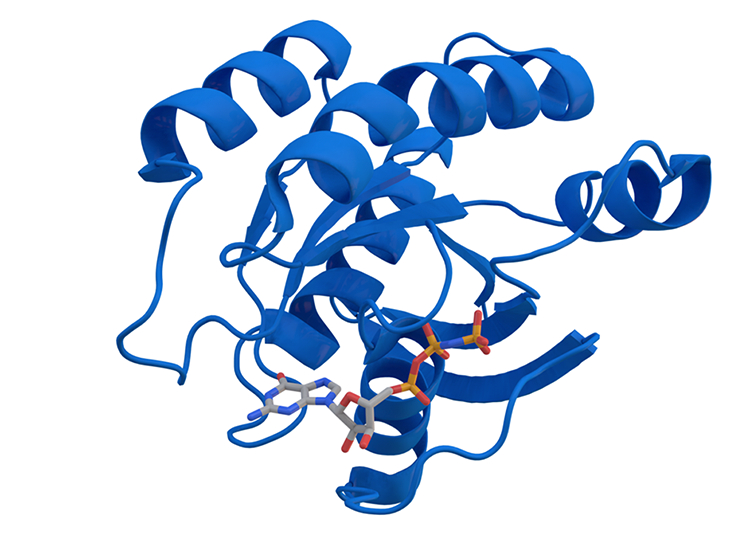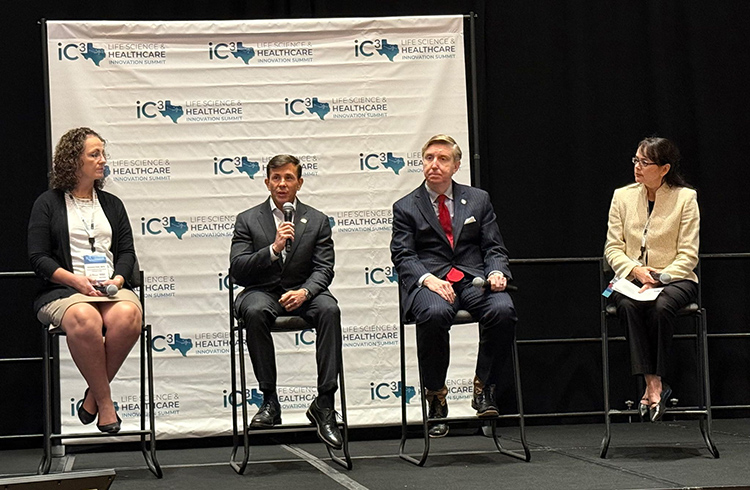A Rat sarcoma (RAS) mutation is an oncogene, a gene that causes cancer when mutated. The RAS is the most commonly mutated oncogene in human cancer but is notoriously difficult to treat. Texcat Biosciences is taking a new approach to target RAS mutations, with a “Trojan horse” method of drug delivery.
Tezcat Biosciences was the winner of the Biotechnology Innovation Organization’s (BIO) 2025 Start-Up Stadium in the emerging start-up category (companies with more than $1M but less than $10M raised) at the BIO International Convention in Boston this summer. To mark their achievement, Bio.News is sitting down with Tezcat Biosciences to ask about what they are working on and what the future holds.
Tezcat utilizes receptor-independent drug delivery technologies, compared to receptor-mediated strategies. Can you talk about the difference in these strategies and why receptor-independent drug delivery is preferable when it comes to treating RAS-activated cancers?
Receptor-mediated drug delivery relies on binding a therapeutic payload to a specific cell-surface receptor, which is then internalized by endocytosis. While selective, this approach often fails in tumors with heterogeneous or downregulated receptor expression, and drugs can be degraded in endosomes. In contrast, receptor-independent delivery exploits uptake pathways not tied to a single receptor, such as the hyperactive protein scavenging (macropinocytosis) seen in RAS-driven cancers, where cells engulf extracellular fluid to scavenge nutrients. Because RAS mutations make tumors metabolically dependent on this bulk uptake process, targeting it ensures more uniform drug delivery, bypasses receptor variability, and avoids competition with natural ligands.
As you mentioned on your website, RAS mutations drive 1 in 5 cancer diagnoses in the United States, yet treatment options are limited. Why have RAS-activated cancers proven such a challenge? What about your technology could help shift that paradigm?
RAS mutations, particularly in KRAS, NRAS, and HRAS, are among the most common oncogenic drivers, fueling roughly 1 in 5 cancers in the U.S., including many pancreatic, colorectal, and lung tumors. Yet they’ve been notoriously difficult to treat because RAS proteins lack deep binding pockets for drugs, mutations lock them in a permanently “on” state, and they trigger multiple redundant signaling pathways, making it hard to shut down tumor growth by targeting a single downstream node. Additionally, RAS-driven cancers adapt rapidly and are highly heterogeneous, often evading targeted therapies through secondary mutations or pathway rewiring.
Tezcat Bio’s technology addresses this problem from a different angle. Instead of trying to inhibit RAS directly, it exploits a metabolic vulnerability created by RAS activation: hyperactive protein scavenging, the bulk nutrient-scavenging process these cancer cells rely on for survival. By using a receptor-independent delivery system that hijacks this process, Tezcat can deliver therapeutic payloads uniformly across the tumor, bypassing receptor heterogeneity, minimizing resistance, and directly leveraging the very metabolic addiction that RAS mutations create. This shifts the paradigm from “trying to hit a moving molecular target” to “turning the cancer’s own feeding mechanism into a Trojan horse for treatment.”
What are some of the most exciting developments you have seen in your work in the last few months/years?
One of the most exciting aspects of our recent progress has been the momentum we’ve built, both scientifically and strategically. Over the past year, we launched a partnership with Noxopharm, and that collaboration has already generated promising results that validate our platform and expand its potential applications. In parallel, we successfully completed a safety/toxicology study in canines, which showed no adverse events at the proposed first-in-human dose. This was a critical milestone that gives us confidence as we move toward the clinic. And perhaps equally exciting, we’ve been seeing strong traction with veterinary oncologists, who recognize the unique opportunity our lead asset offers for the veterinary health space.
This not only opens an additional path to impact patients, albeit four-legged ones at first, but also provides a near-term avenue to generate real-world data and an early revenue stream. Taken together, these developments signal that our platform has both the safety profile and the translational potential to make a meaningful difference in oncology and beyond.
What does the future hold for Tezcat?
The future for Tezcat is really exciting. Over the next few years, our focus will be on continuing to generate strong data that showcases the breadth of our platform, not only in oncology, where we see tremendous potential, but also in other areas like autoimmune diseases where innate immune cell targeting could be transformative. As those data mature, we expect they will create opportunities for new strategic partnerships that can help us expand both the scope and the impact of our technology.
With the support of an upcoming capital raise, our goal is to advance our lead asset into the clinic, with a clear path toward first-in-human studies by 2027. In short, we see Tezcat moving from proof-of-concept to true clinical translation, building the foundation for a pipeline that can deliver value across multiple high-need indications.
Pictured at top is an illustration of the crystal structure of Kirsten rat sarcoma viral oncogene homolog (KRAS) by Thomas Splettstoesser.




